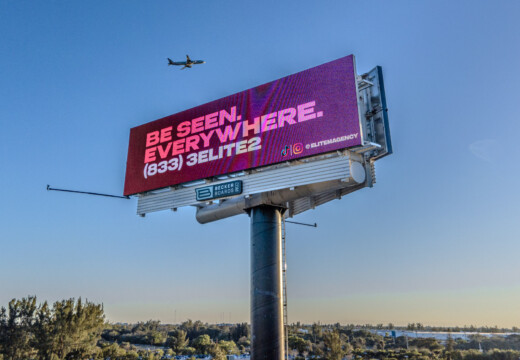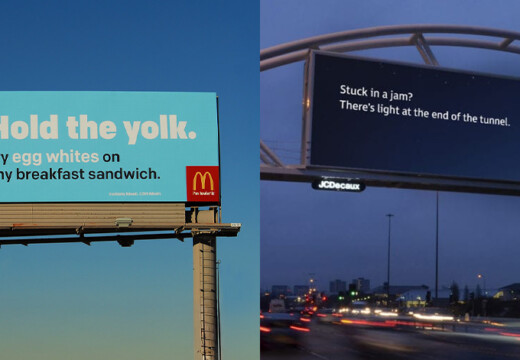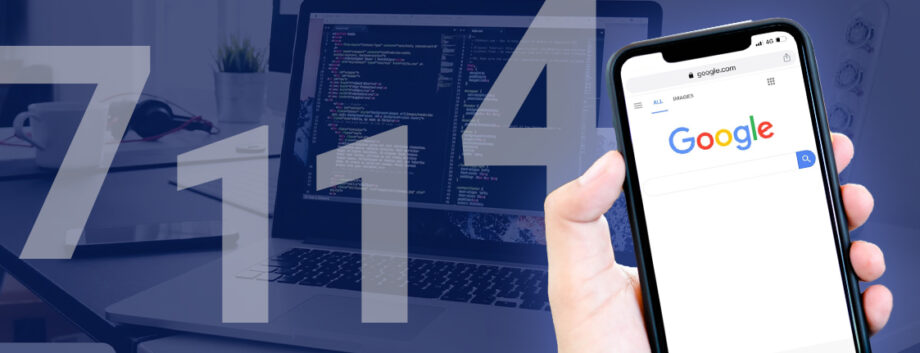
The film Focus (2015), starring Will Smith, is a masterclass in how subtle messaging—and repetition—can shape decisions without us realizing it.
Smith plays Nicky, the leader of a high-stakes con crew who uses psychological manipulation to pull off elaborate heists. In one unforgettable scene, Nicky wagers $2 million that his partner (Margot Robbie) can guess a number randomly chosen by a billionaire during a football game.
Here’s the twist: the number isn’t written down. Nicky trusts his influence so deeply, he bets everything on Robbie reading the tycoon’s mind.
She guesses—correctly—“55.”
Later, Nicky reveals the genius behind the con. All day, the number 55 was subtly planted in the billionaire’s subconscious: on jerseys, in hotel decor, even in a song playing on the radio (“Sympathy for the Devil” with 125 “woo woos”—which phonetically maps to 55 in Mandarin).
It’s a perfect dramatization of the power of priming—and a living example of Google’s “7–11–4” rule for effective brand messaging.
Google’s 7-11-4 rule: 7 Hours, 11 Touch-points, and 4 Channels.
As marketing evolves, the shift is clear: trust-building and education now outweigh brute-force tactics. Cold calls have given way to social selling. Mass mailings have been replaced with personalized outreach. And ads alone no longer convert—they must be supported by content, blogs, and a meaningful relationship with the buyer.
Getting your message out is still essential—but the path from stimulus to purchase has stretched. Buyers now navigate a longer decision cycle, influenced by dozens of touchpoints. Google calls this the ZMOT—the Zero Moment of Truth. It’s the moment a buyer researches, reflects, and subconsciously decides—before ever speaking to sales.
Just like in Focus, the moment of decision isn’t spontaneous—it’s carefully primed.
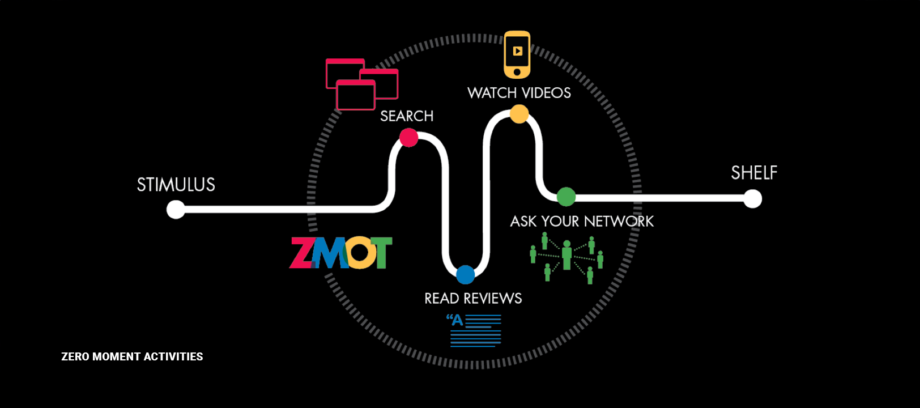
How the 7-11-4 Rule Works:
-
7 hours of content consumed
On average, buyers spend seven hours engaging with content before making a purchase decision. That means surface-level messaging won’t cut it—you need depth and consistency. -
11 touchpoints
It takes at least 11 interactions across different platforms to build familiarity and trust. These could be anything from LinkedIn posts to podcasts to webinars. -
4 channels
To stay top-of-mind, your brand needs to show up on at least four distinct channels—think social media, email, search, and display ads. Omnichannel visibility is no longer optional.
Below, we’ll unpack what this means for your business—and how to turn these numbers into a high-leverage, relationship-driven marketing ecosystem.
A Marketing Rule Proven to Last
Okay, we get it—if you had a dime for every new marketing “rule,” you’d retire early.
But Google’s 7-11-4 framework, attributed to former executive Gordon MacMillan, isn’t just another theory. It’s based on decades of research and thousands of consumer behavior studies, all pointing to one truth: decisions are rarely made in a vacuum. They’re shaped by multiple interactions across a web of online and offline moments.
MacMillan helped popularize this idea during the early rise of digital marketing. Fifteen years later, the rule is back in the spotlight—and more relevant than ever. Why the resurgence? Because buyers today are more skeptical, have more choices, and do more due diligence before making a move.
Here’s what’s driving the rule’s renewed importance:
-
Media Saturation
The explosion of platforms means your message needs to land—clearly and consistently—across the noise. -
Data-Driven Precision
We now know the number of required exposures isn’t fixed. It varies by audience, timing, and channel mix. -
Omnichannel Synergy
Success depends on how well your touchpoints work together—email, social, content, ads—all reinforcing a single message.
So let’s walk a mile in your buyer’s shoes—and see what it really takes to earn attention, trust, and action.

Real-World Example: Nike
A commuter spots a Nike billboard showcasing the latest running shoes (Touchpoint 1). Later, they see the same pair in an Instagram ad (Touchpoint 2). That evening, the shoes come up in conversation during a group run (Touchpoint 3). Curiosity piqued, they visit Nike’s website and dive into a blog post about the shoe’s design (Touchpoint 4). The next day, they watch a 15-minute YouTube review from a trusted fitness influencer (Touchpoint 5).
Over the following weeks, they follow Nike on Facebook (Touchpoint 6) and subscribe to the brand’s newsletter for exclusive offers (Touchpoint 7). Eventually, they join a Nike-hosted group run via the Nike Run Club app (Touchpoint 8).
This multi-channel, multi-week journey illustrates how layered brand touchpoints build familiarity, trust, and—ultimately—action.
Now, the question is:
How can you build a multi-touchpoint journey that meets your customers wherever they are—while moving them closer to the moment of truth?
Seven and Eleven… that seems like a lot.
If attention is currency, then learning to hold it is like owning stock in NVIDIA—rare, valuable, and game-changing.
In a world overflowing with noise, the brands that win are the ones who know how to capture attention and convert it. Before someone gives you more than 30 seconds of their time, you need a spark:
An OOH message that stops them in their tracks.
A subject line that hits a nerve.
A blog title that promises to solve the exact problem they’ve been Googling at midnight.
But that’s just the start. Once they’re in, the goal is immersion—pull them deeper with sharp storytelling, useful guides, and social proof through influencers and reviews. Stack all those moments together, and you’re looking at nearly a full day’s worth of brand exposure.
Meanwhile, attribution is getting murkier by the minute. Clicks are fragmented. Paths to purchase are nonlinear. That’s why your best bet is presence—a well-timed, well-placed message across the right channels.
That’s where strategy—and a smart distribution plan—separate brands that are remembered from brands that are ignored.

Diversify: How Four Channels Fit into the Funnel
Before publishing their findings, Google’s team tested a key assumption:
If most customers spend their time on just one or two channels, shouldn’t we focus our efforts there?
Surprisingly, the data said otherwise. When brands engaged consumers across at least four channels, conversion rates jumped by over 30%.
Just like Nike’s multi-touchpoint strategy, the more places consumers encounter your brand, the more trust—and action—you build. Here’s why multi-channel beats single-channel:
-
More Touchpoints
Every channel adds another chance to capture attention and reinforce your message. -
Better Targeting
Each platform reaches a different slice of your audience, giving you a sharper, more segmented approach. -
Stronger Engagement
An integrated presence across channels leads to higher brand recall and deeper emotional connection.
In short, diversification isn’t just about coverage—it’s about compounding impact.
Start with Focus. Win with Strategy.
Every effective marketing strategy begins with clear intent and targeted execution.
One sharp tactic? What Gary Vaynerchuk calls “attention arbitrage”—finding undervalued channels where attention is still cheap and underexploited. In short: show up where others haven’t crowded the space yet. Look at where your customers spend time, and prioritize platforms that spark curiosity and solve real problems—guiding them toward that crucial Zero Moment of Truth (ZMOT).
Digital billboards, for example, are a high-impact, low-barrier way to grab attention without demanding action. But they only work if your message aligns with your brand’s story.
As you scale across multiple mediums, keep investing in top-of-funnel channels. First impressions matter—and when done right, they lay the foundation for trust, interest, and eventual conversion.
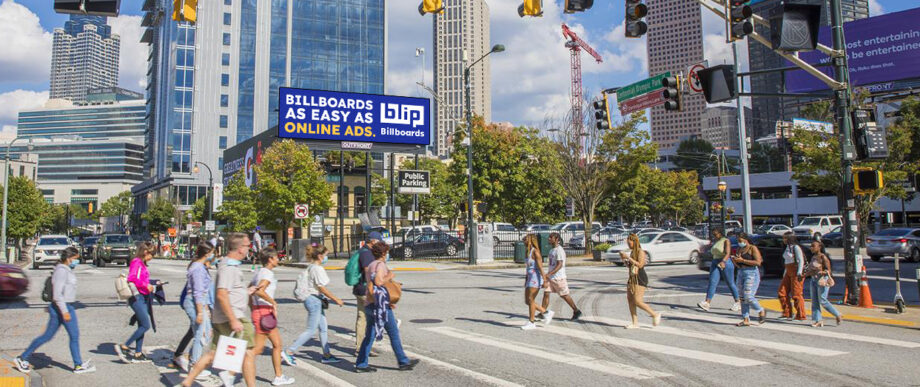
Considering Blip for Your Campaign? Here’s Four Reasons to Make OOH Part of Your Strategy:
-
Unmatched Top-of-Funnel Power
No other medium builds brand awareness at scale like OOH—it’s bold, visual, and impossible to ignore. -
Bypasses Digital Fatigue
Unlike online ads lost in a sea of tabs and scrolls, OOH stands alone—free from clutter and competing content. -
Ubiquitous Visibility
While people skip emails or avoid social, nearly everyone sees a billboard in their daily routine. -
Less Saturation = More Impact
Attention is cheaper where others aren’t looking. Use OOH to stand out while your competitors fight for clicks
